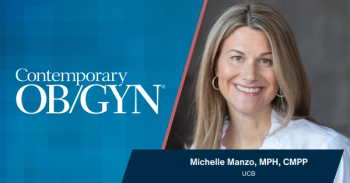
Why aren’t more teens vaccinated against HPV?
It seems that cost and lack of information are at the heart of why more adolescents aren’t vaccinated against human papillomavirus (HPV), according to a recent review of the literature.
It seems that cost and lack of information are at the heart of why more adolescents aren’t vaccinated against human papillomavirus (HPV), according to
The HPV vaccine was licensed in 2006. Although HPV vaccine coverage among US adolescents has risen slowly, it remains low compared with coverage of other recommended vaccines.
According to the
Researchers from the CDC sought to find out why. They reviewed 55 relevant articles appearing in 2009 or later.
They found that health care professionals often cite financial concerns as the reason that more teenagers aren’t vaccinated. Parents, on the other hand, more often cite needing more information before making the decision to vaccinate their children. Other reasons posited by parents included: concerns about the vaccine’s effect on sexual behavior; belief that their children were at low risk of HPV infection; social influences; irregular preventive care; and vaccine cost. Some parents of sons cited perceived lack of direct benefit.
However, hope remains for greater coverage and for a greater role for ob/gyns and other health care professionals in the effort. Parents in the study consistently cited health care professional recommendations as one of the most important factors in their decision to vaccinate their children.
The American College of Obstetricians and Gynecologists recommends vaccination against HPV for girls and women aged 9 years through 26 years, given in three doses over a 6-month period.
To get weekly advice for today's Ob/Gyn,
Newsletter
Get the latest clinical updates, case studies, and expert commentary in obstetric and gynecologic care. Sign up now to stay informed.










